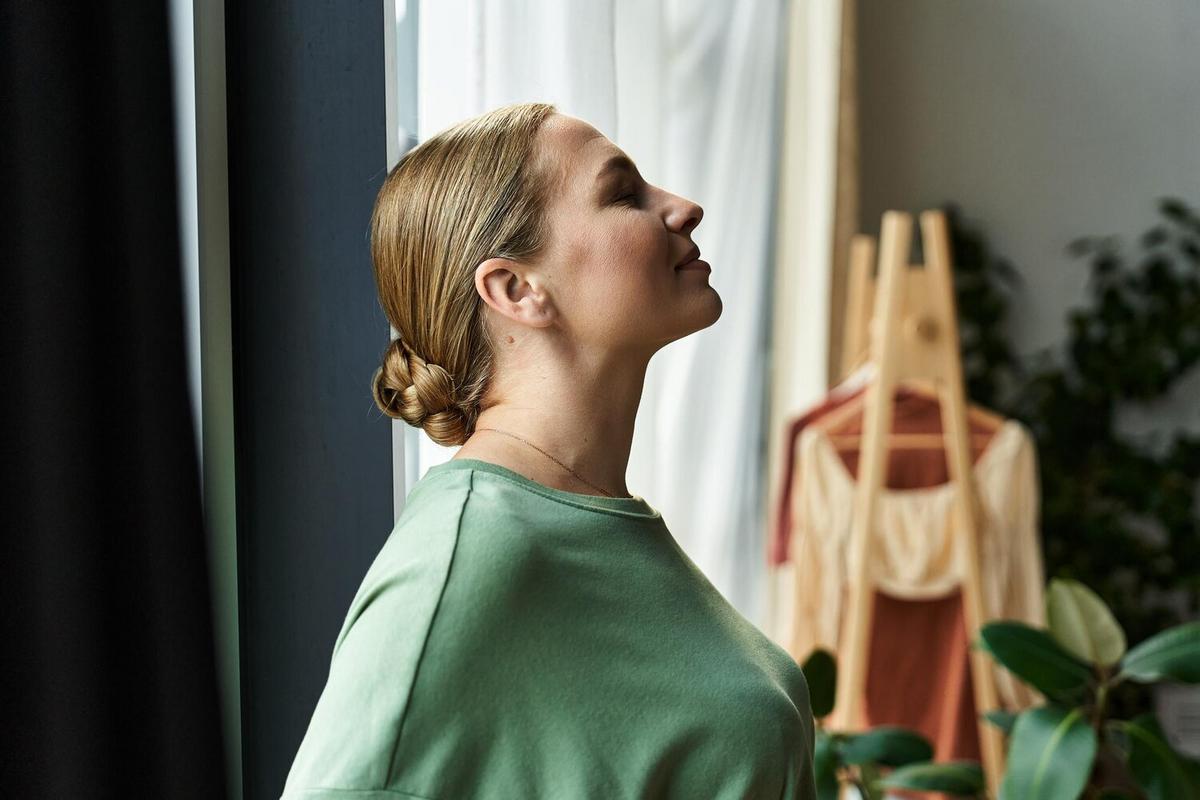
How Dance Can Boost Physical and Mental Health
Dance is more than just an art form; it’s a powerful tool for enhancing both physical and mental well-being. Whether you’re twirling in a ballroom or grooving to your favorite tunes at home, dance offers a unique blend of exercise and joy that can transform your health in remarkable ways.
Dancing is a multifaceted activity that engages the body, mind, and spirit. This dynamic form of exercise offers more than just an enjoyable pastime. According to Dr. Peter Lovatt, a renowned psychologist and dance expert, “Dance can alter our psychological state and improve our physical fitness simultaneously.” So, what are the tangible benefits of dance for our physical and mental health?
Physical Benefits of Dancing
Dance is an excellent cardiovascular workout. It increases heart rate, improves circulation, and boosts overall cardiovascular health. A study published in a reputable journal found that regular dancing can decrease the risk of cardiovascular disease by 46%.
- Improved Flexibility: Dance movements stretch the body, helping to enhance flexibility and reduce stiffness.
- Increased Strength: Holding and controlling dance positions strengthens muscles, particularly in the core and legs.
- Better Coordination and Balance: Dance routines require coordinated movements, improving balance and spatial awareness.
Mental Health Benefits of Dancing
Beyond physical perks, dance is a powerful mental health booster. Engaging in dance can reduce stress, anxiety, and symptoms of depression. A report from the Arts in Psychotherapy journal revealed that individuals participating in dance reported a 40% decrease in stress levels.
- Mood Enhancement: Dancing releases endorphins, the body’s natural mood lifters.
- Cognitive Function: Learning dance routines enhances memory and cognitive skills.
- Social Connection: Dance often involves social interaction, which can foster a sense of community and belonging.
Personal Stories: How Dance Changed Lives
Take the example of Michael, a software engineer who turned to dance to break the monotony of his sedentary lifestyle. Michael shares, “Dance not only helped me stay active, but it also became a creative outlet that significantly reduced my stress.” His story is just one of many where dance has sparked positive change.
Getting Started with Dance
Ready to incorporate dance into your routine? Here are some tips:
- Choose Your Style: From salsa to hip-hop, there are many styles to explore. Find one that resonates with you.
- Start Small: Begin with short sessions and gradually increase the duration as your confidence grows.
- Join a Class: Whether online or in-person, classes provide structure and community support.
Pro Tip: Create a dance playlist of your favorite songs to keep motivation high and make sessions fun!
Comparison Table: Dance vs. Other Exercises
| Aspect | Dance | Running | Yoga |
|---|---|---|---|
| Cardiovascular Benefits | High | High | Moderate |
| Flexibility | High | Low | High |
| Strength Building | Moderate | Moderate | High |
| Mental Health | High | Moderate | High |
| Social Interaction | High | Low | Moderate |
| Cost | Varies | Low | Varies |
| Fun Factor | High | Moderate | Moderate |
| Accessibility | High | High | High |
FAQs
Can anyone start dancing?
Yes, dance is accessible to people of all ages and fitness levels. It’s important to start at your own pace and choose a style that suits your interests.
How often should I dance to see health benefits?
Try to include dance in your routine at least three times a week for optimal health benefits.
Do I need special equipment to start dancing?
Not at all! Comfortable clothing and a space to move are all you need to get started.
Conclusion
Dance is a remarkable activity that offers numerous physical and mental health benefits. By incorporating dance into your life, you can enhance your fitness, boost your mood, and connect with others. So, put on your dancing shoes and let the rhythm guide you to a healthier, happier life.


